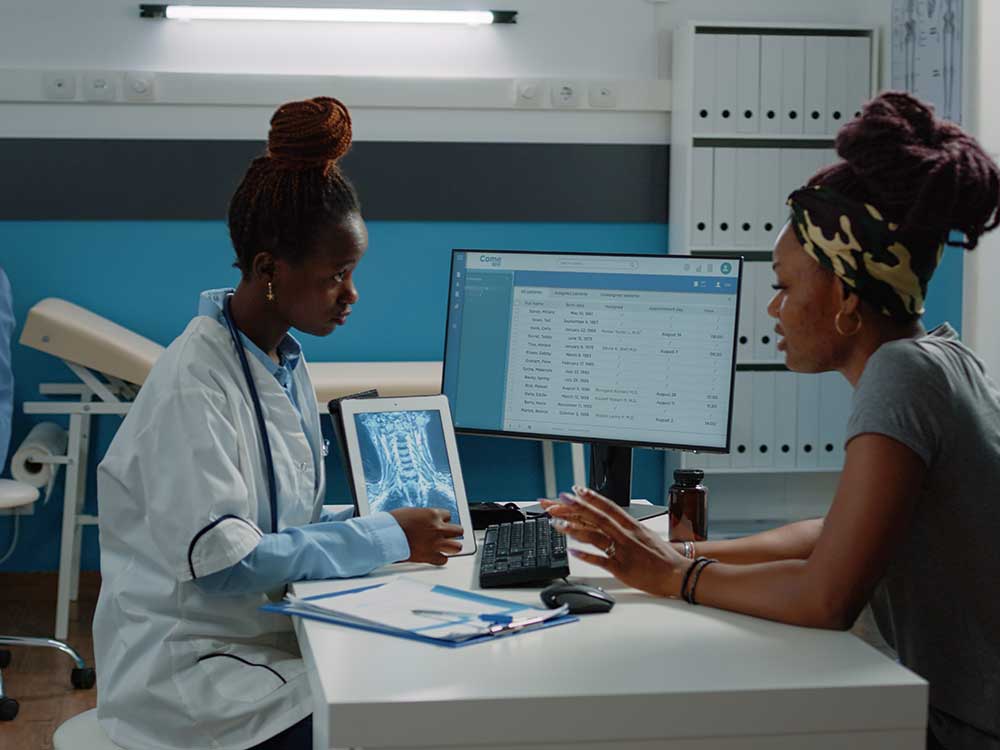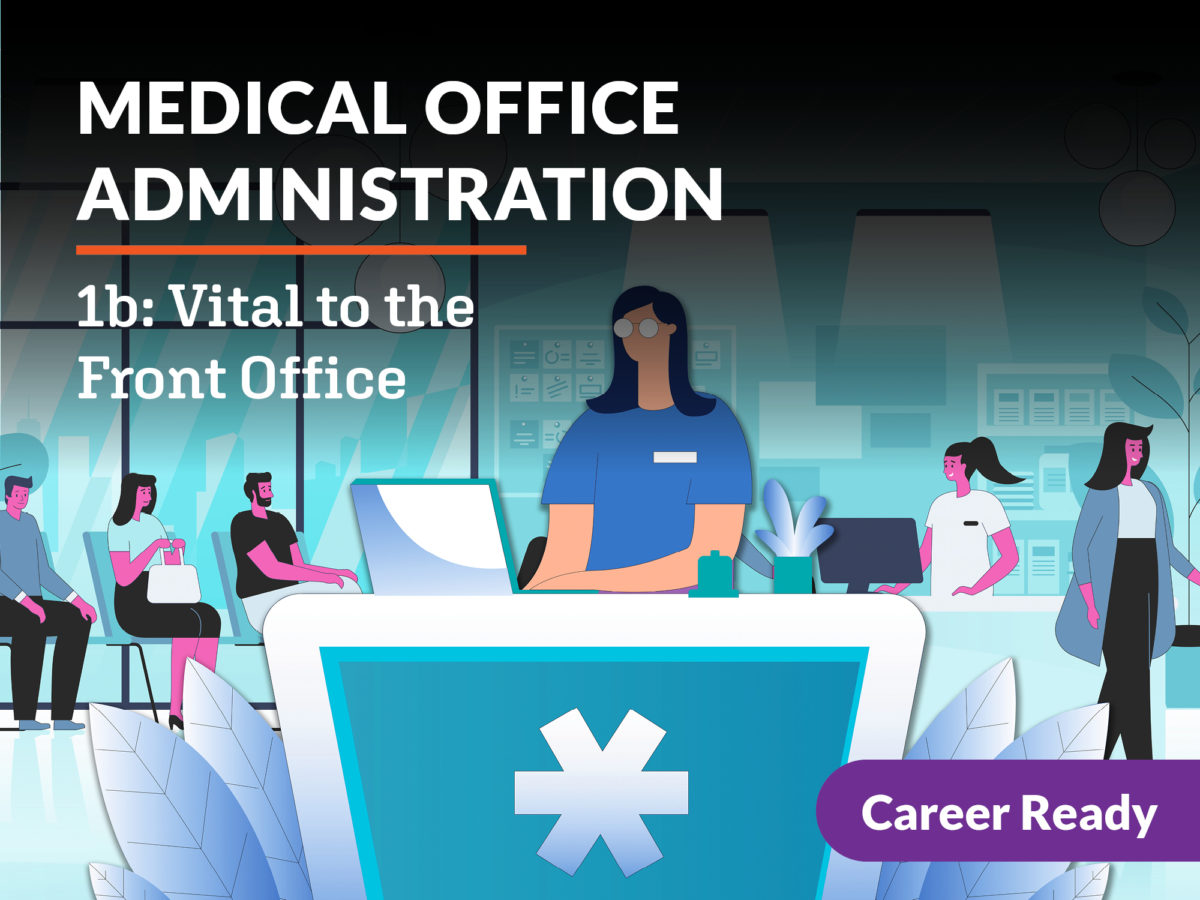A Complete Guide to Medical Administration Certifications and Certifications
A Complete Guide to Medical Administration Certifications and Certifications
Blog Article
Best Practices in Medical Management for Improving Performance and Minimizing Prices
In the ever-evolving landscape of healthcare, the quest of ideal practices in clinical administration is paramount for improving performance and curbing costs. By incorporating advanced technologies such as digital health records and telemedicine, medical care carriers can improve procedures and enhance patient treatment.
Leveraging Advanced Technology
In today's quickly evolving health care landscape, leveraging advanced innovation is no longer optional but necessary for effective medical management. The integration of digital options right into health care systems has actually transformed the method centers operate, simplifying procedures and improving client treatment. Electronic Wellness Records (EHRs) are crucial, offering thorough individual information that can be accessed immediately by accredited employees, thus lowering redundancy and reducing mistakes. By centralizing individual info, EHRs remove the need for difficult paperwork and promote seamless interaction amongst doctor.
Telemedicine is one more technological advancement that has transformed individual communication. It provides ease for both clients and medical care professionals by allowing remote consultations, which can decrease the requirement for in-person gos to and maximize appointment organizing. Additionally, telehealth systems can extend health care accessibility to rural or underserved locations, connecting gaps in treatment shipment.
In addition, the use of Artificial Intelligence (AI) and artificial intelligence is becoming significantly common in predictive analytics, permitting early discovery of potential wellness concerns and even more informed decision-making. These modern technologies, when integrated properly, can enhance diagnostic accuracy and individualize client treatment strategies, eventually bring about enhanced health care outcomes and functional performance.
Optimizing Resource Allotment
By purposefully managing sources such as personnel, equipment, and funds, health care facilities can substantially improve their functional performance, enhance patient results, and minimize unneeded expenses. The first step in maximizing source appropriation entails carrying out a detailed analysis of present properties and recognizing locations where resources might be underutilized or overextended.
Focusing on source allowance based upon client needs and solution demands is necessary. This includes lining up sources with high-demand locations, such as emergency situation care or specialized treatments, to guarantee prompt and efficient client care. Executing versatile staffing versions can additionally maximize labor sources by readjusting employees appropriation in action to rising and fall patient quantities. In addition, accepting telemedicine and various other technical solutions can reduce physical resource restrictions by providing alternative avenues for patient-provider interactions.
Funds should be thoroughly kept an eye on and designated with critical foresight to support both short-term operational needs and long-lasting institutional objectives. This includes investing in training programs that enhance team expertises and adopting energy-efficient techniques that decrease operational expenses (medical administration). Inevitably, a maximized source allotment strategy cultivates a sustainable medical care atmosphere that is responsive, effective, and economically sensible
Streamlining Process Processes
When health care facilities goal to improve operational efficiency, improving workflow procedures comes to be a pivotal emphasis. Effective operations minimize redundancy, remove unnecessary steps, and improve control amongst health care specialists. This method not just speeds up solution shipment but likewise enhances the top quality of patient treatment.

Next, modern technology combination plays a considerable function in streamlining operations. Carrying out electronic wellness documents (EHRs) and electronic medical professional order access (CPOE) systems decreases documents, reduces human error, and guarantees details comes to all pertinent personnel. Additionally, leveraging telemedicine systems can simplify client assessments and follow-ups, decreasing the stress on physical framework.

Eventually, streamlined operations bring about cost decreases and boosted individual contentment, cultivating a more lasting medical care setting.
Enhancing Information Monitoring
Building upon streamlined workflows, enhancing data management becomes an essential element in advancing health care management. Reliable data monitoring systems are crucial for keeping exact person records, enhancing decision-making, and making certain conformity with governing criteria. By applying durable data monitoring options, medical care facilities can enhance the quality of client care while concurrently decreasing operational expenses.
One trick aspect of improving information management is the assimilation of advanced digital wellness record (EHR) systems. These systems facilitate the smooth exchange of individual information across different divisions, reducing duplication of examinations and reducing mistakes. A well-designed EHR system sustains information analytics, enabling doctor to identify fads and make notified decisions regarding patient treatment.
Furthermore, securing individual information is vital. Embracing comprehensive cybersecurity steps, consisting of encryption and regular audits, makes sure the integrity and discretion of sensitive information. This not only safeguards patients but also maintains the organization's track record.
Spending in personnel training is one more crucial variable. Educating medical care professionals on data management practices enhances their capability to successfully use modern technology, leading to enhanced person outcomes. In verdict, improving data administration via sophisticated technology and thorough training is necessary for accomplishing performance and price decrease in medical management.
Fostering Collaborative Interaction
A vital component ahead of time medical administration is cultivating joint interaction among healthcare experts. Reliable interaction is vital for making sure seamless person care, optimizing treatment results, and decreasing mistakes. By motivating open dialogue and sychronisation across multidisciplinary teams, health care organizations can enhance their functional efficiency and reduce unnecessary costs.
Central to this strategy is the combination of interaction technologies such as digital health documents (EHRs) and secure messaging platforms, which promote the quick exchange of essential individual information. These tools allow healthcare carriers to access and share data in real time, making certain that all staff member are informed and aligned in their decision-making processes. Regular group conferences and interdisciplinary rounds can further advertise a culture of collaboration and responsibility.
Educating programs focused on boosting interaction skills are also crucial. Ultimately, promoting joint interaction leads to boosted health care delivery and expense savings.

Verdict
Incorporating innovative modern technology, such as electronic health records and telemedicine, together with optimized source allocation and streamlined operations processes, is crucial for boosting performance in clinical administration. Effective data monitoring and promoting joint interaction among medical care review groups are vital for decreasing redundancies and boosting care quality. By prioritizing precautionary treatment and participating in top quality renovation initiatives, healthcare organizations can attain substantial price savings and improved individual end results, thereby guaranteeing lasting healthcare shipment in an increasingly intricate browse this site setting.
Report this page